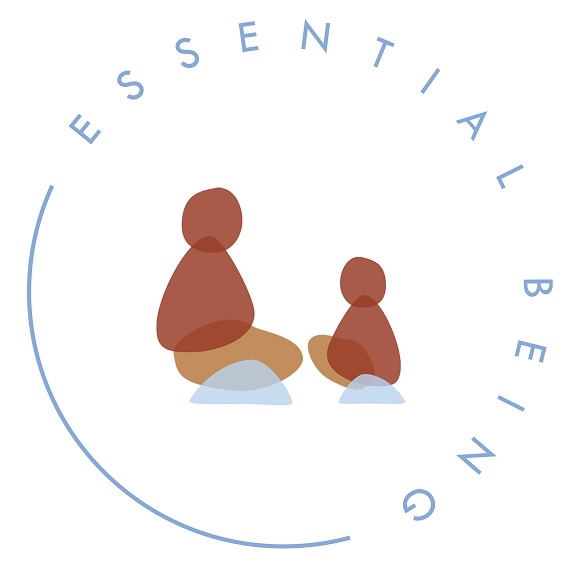Your Parenting Style
Of course, good parenting demands that you adjust your approach to the child and the circumstance. In some instances, it is perfectly appropriate to be a firm parent with clear boundaries and expectations to keep your child safe and away from any harm. But when you are in a safe environment and your child is not in any danger, then it might be a good to let the reins down and allow your child to discover the world on their own terms through easy-going parenting. The point is that there are no definitive right or wrongs and we don’t parent in a vacuum. By understanding your general approach and the spectrum of other parenting styles, you can adjust your approach to your child and the situation as needed. This is the ultimate goal and the way to build happy, healthy, independent, critical thinking and a loving relationship with your child.
If you want to understand these parenting styles even more then keep reading some further ideas around the benefits and opportunities for improvement of each approach.
Responsive Parents
A responsive parenting style has been shown to be an effective way to raise healthy and resilient children.
What you do well
- Nurturing and accepting of your child
- Set clear, reasonable boundaries and expectations
- Allow freedom of thought and expression of both positive and negative emotions
- Help the child label and problem-solve emotions
What you can work on
- Continue to develop awareness of the needs of your child
- Talk to other parents, family, and friends about your child’s progress
- Be sure to balance love with clear boundaries
- Be aware in their changing environment and help them navigate
Firm Parents
A firm parenting style means you are good at setting boundaries but may also include conflict between you and your child if you try to control their behaviour at all times.
What you do well
- Know the importance of setting boundaries and high expectations
- Your willingness to discipline your child shows how much you love and want the best for your child
- Clear expectations on behaviour sees your child often displaying more positive emotions e.g. happy, resilient, well-rounded, positive
What you can work on
- Shift your focus from what your child is doing wrong to what they are doing right
- Help your child develop their ability to think and express both positive and negative emotions without judgement and help them problem-solve solutions
- Listen and respect your child’s opinion, even though you may not agree – this will keep the lines of communication open
- Where appropriate, try to negotiate rules, expectations and consequences together with your child
Easy Going
While you communicate well with your child, you don’t want to be seen as the “bad guy” and may be reluctant to set boundaries and discipline them when needed. You might feel frustrated at times trying to get your child to obey rules and be fearful that you will lose their love if you try to set limits.
What you do well
- Very affectionate and freely give your child love and warmth
- Provide a nurturing environment full of respect
- Communicate openly
- Supportive of your child’s emotional needs and listen to them express themselves freely
What you can work on
- Set and enforce clear boundaries and consequences and avoid making empty threats
- Clearly communicate your expectations and think about the values and abilities you want for your child in their development
- Don’t eliminate your child’s expression of negative emotions by using distractions – listen to them and give them opportunities to label both positive and negative emotions and help them problem solve solutions
Free Range
While you give your child a lot of independence, you may at times not feel very connected to them. You are good at letting them display their emotions and identifying how they are feeling.
What you do well
- You do not place too many demands on your child and accept them as they are
- You place a high value on independence and self-regulation for child’s emotions and behaviour
What you can work on
- Express interests and get more involved in your child’s life by asking them questions
- Actively set and enforce clear boundaries and expectations
- Communicate more openly and try some active listening
- Provide warmth and love by praising your child or embracing them often and spend more quality time doing things together that you both enjoy
Using a combination of all these parenting styles works to do these three things.
- By providing love, support and active involvement you help make your child become more open to your influence.
- By providing structure through boundaries and consequences, you help your child develop the ability to regulate their behavior and make good decisions.
- By developing open and two-way communication in your relationship you help your child develop the thinking and social skills needed to succeed outside the family.
